Improving Core Strength With Home Workouts
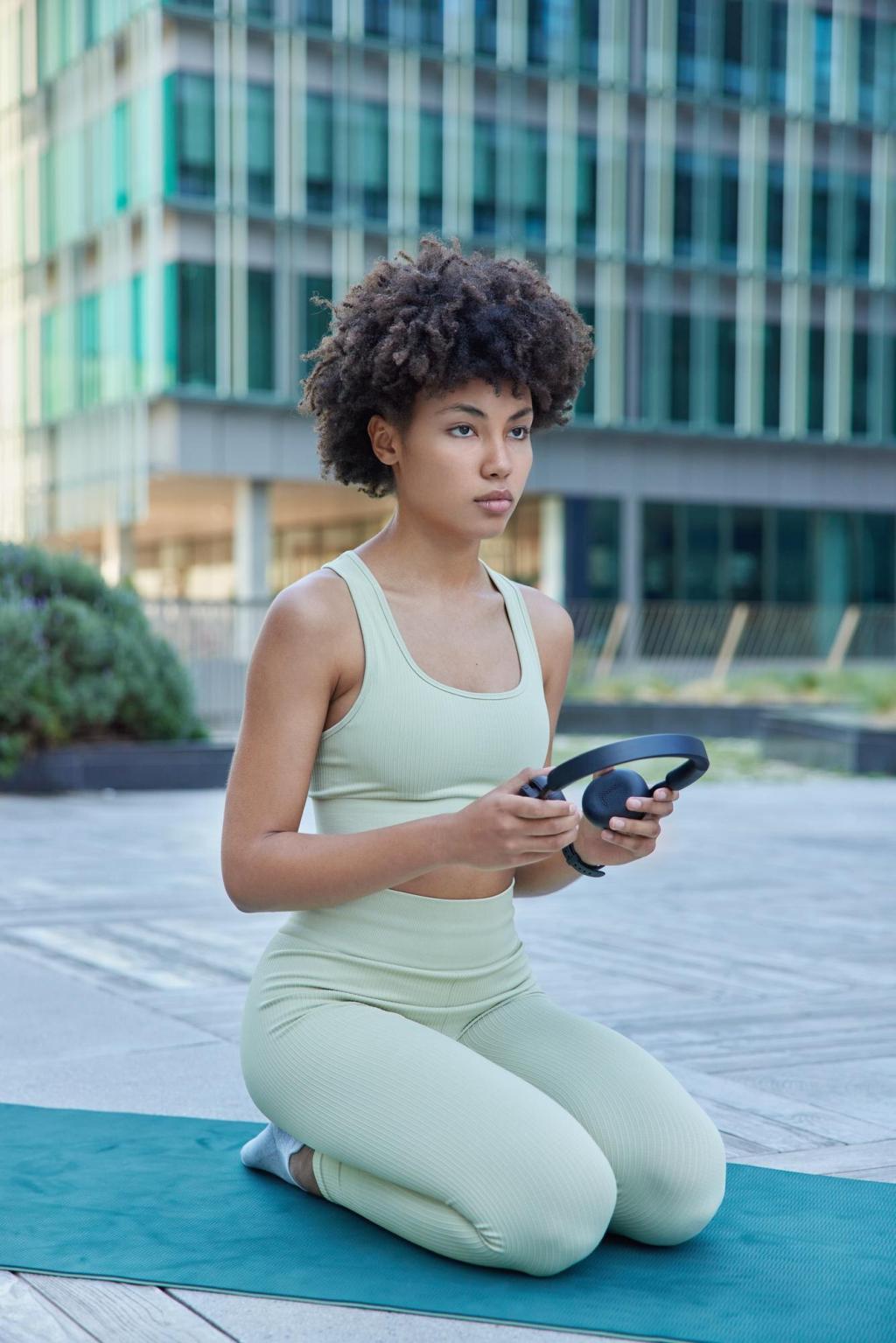
Understand Your Core: Beyond Six-Pack Abs
Your core isn’t just abs. It includes rectus abdominis, obliques, transverse abdominis, multifidus, diaphragm, and the pelvic floor, working together for stability. Home favorites like dead bugs, side planks, and bird dogs train this integrated system without equipment.
Understand Your Core: Beyond Six-Pack Abs
Think of stability as the quiet strength that prevents wobble during movement. Building endurance with planks and anti-rotation holds first helps protect your spine, so later you can add faster, more powerful home exercises with confidence and control.
Zero-Equipment Core Session
Plank Ladder Progression
Start with forearm plank holds of twenty to forty seconds, resting equal time. Climb three to five rounds, adding gentle shoulder taps on later rounds. Keep ribs tucked, glutes lightly squeezed, and eyes down to protect your neck and maintain solid alignment.
Dead Bug Mastery
Lie on your back, knees over hips, arms to the ceiling. Exhale as you reach one arm and opposite leg, keeping your lower back gently pressed to the floor. Slow tempo wins. Aim for eight controlled reps per side, breathing intentionally throughout.
Glute Bridge with March
Bridge up, ribs stacked over pelvis, then march one knee at a time while keeping hips level. This challenges anti-rotation without equipment and builds hip strength that supports your core. Perform ten total marches, rest, and repeat for two to three steady sets.

Try three core-focused days weekly: Monday anti-extension, Wednesday anti-rotation, Friday hip stability. Keep sessions short, twelve to fifteen minutes, so they actually happen. Rotate exercises every four weeks to stay fresh without losing the foundational movements that build real strength.
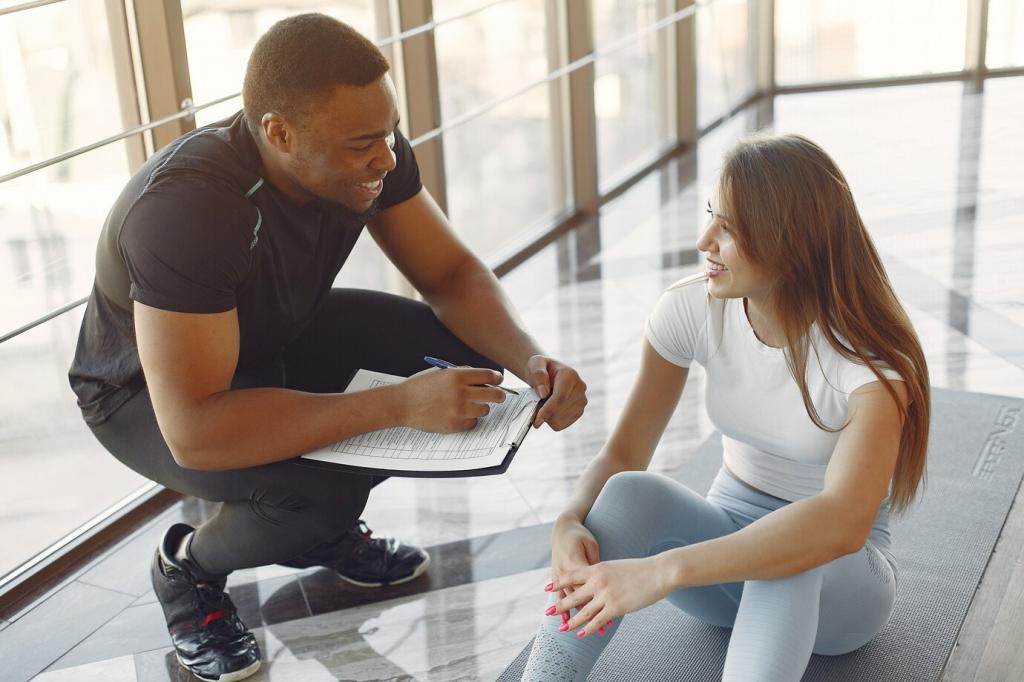

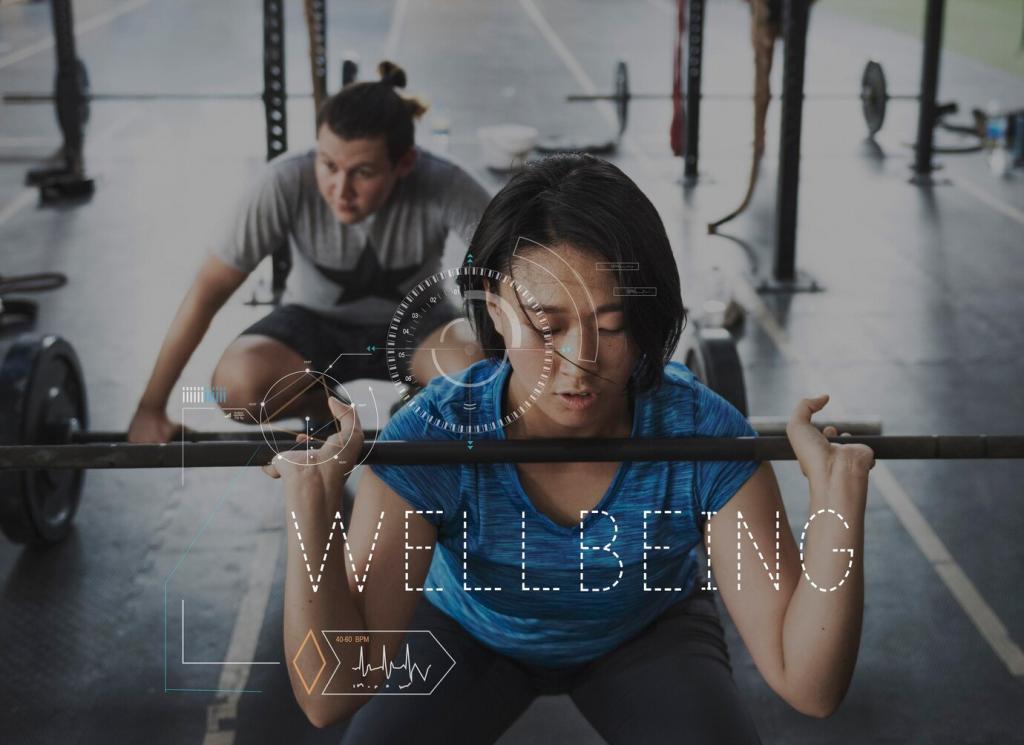
Breathing, Bracing, and Alignment
Inhale for four, hold for four, exhale for four, hold for four. This calms your nervous system and sharpens technique. Between core sets, two box-breathing cycles reduce tension, making it easier to maintain form during planks, dead bugs, and bridges.
Breathing, Bracing, and Alignment
Imagine your ribs stacked directly over your pelvis like a neat canister. Lightly exhale to bring ribs down, then gently brace as if preparing for a surprise cough. Maintain this position during bird dogs and marches to protect your lower back while moving.
Low-Back Friendly Training
Anti-Extension Over Endless Sit-Ups
Swap high-rep sit-ups for planks, dead bugs, and stir-the-pot variations. These challenge your core to resist excessive arching, supporting spinal integrity. You will still feel an ab burn, but with far less stress on sensitive discs and hip flexors during training.
Gradual Exposure for Sensitive Backs
Start with short, perfect holds and add five to ten seconds weekly. Split volume across sets rather than chasing single marathon efforts. Track how you feel the next morning, adjusting intensity to stay consistent without flare-ups or discouraging setbacks along your steady progress.
Warm-Up That Works
Before training, try two minutes of cat-cow, ninety–ninety breathing, and controlled hip circles. Follow with a short march-in-place to wake hips and core. You will feel warmer, more coordinated, and ready to brace smoothly through every home exercise in your session.

Two-Minute Rule for Momentum
On busy days, commit to exactly two minutes: one plank, one dead bug set. Starting often leads to finishing. Momentum unlocks motivation, and you will feel proud for honoring your plan instead of waiting for perfect conditions that rarely ever arrive.

Visual Habit Tracking
Print a monthly calendar and mark a bold X after each core session. Do not break the chain. At week’s end, post your streak in the comments, and we will feature standout consistency shout-outs in our next home workout newsletter update.
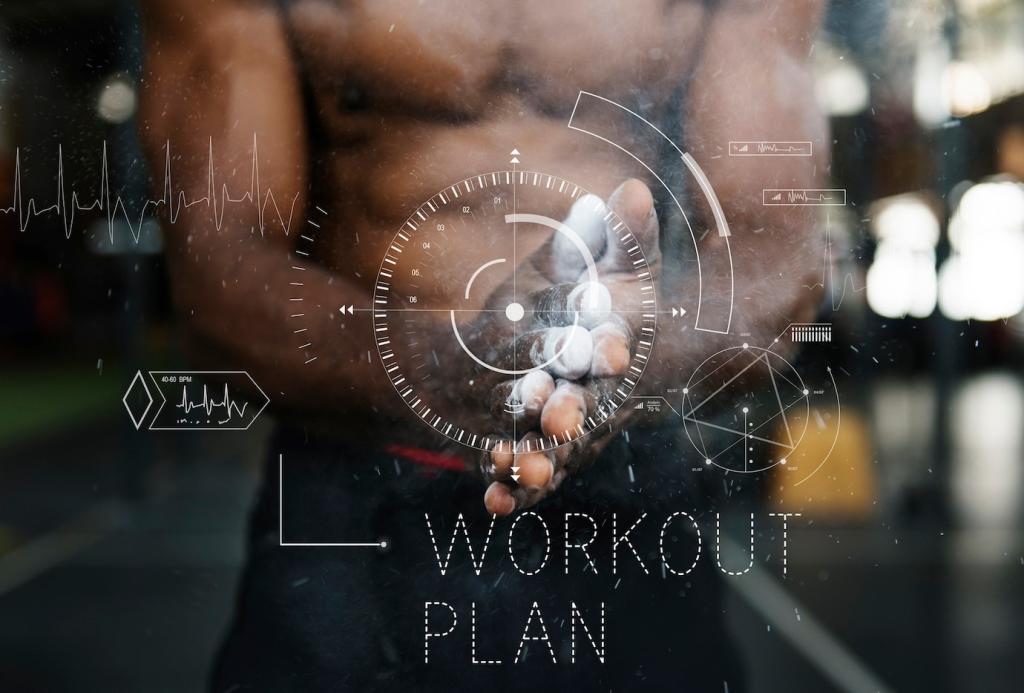
Community Accountability
Share your starting plank time and a four-week goal. Partner with another reader to exchange quick check-ins. Friendly accountability transforms isolated home workouts into a shared mission, making consistency easier and the process far more enjoyable and sustainably rewarding over time.
Real Stories From the Living Room
Ana started at twenty seconds, shaking. She added five seconds each session, breathed deliberately, and stopped before form broke. Eight weeks later, she hit two minutes comfortably and noticed less slouching during work calls and easier carries up apartment stairs daily.
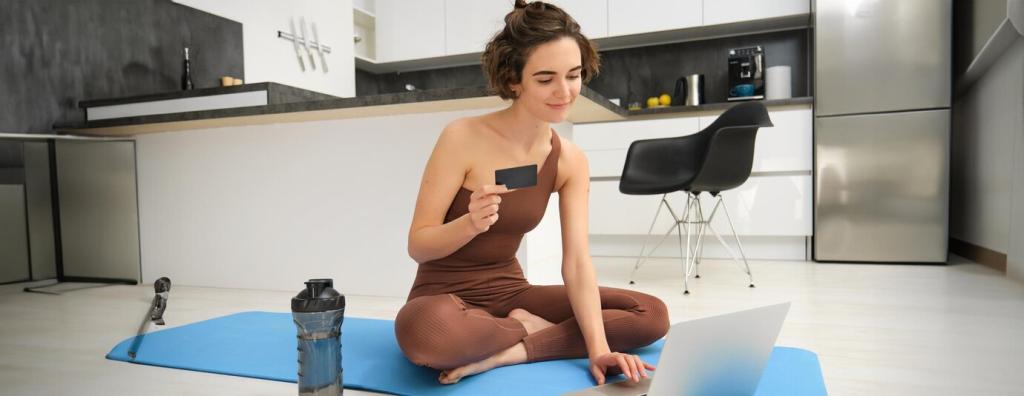

Real Stories From the Living Room
Marcus filled a backpack with books and practiced suitcase carries down his hallway, switching sides every thirty steps. Anti-lateral flexion fired his obliques, improving balance for weekend hikes. He now pairs carries with bird dogs for a quick, powerful home finisher routine.
